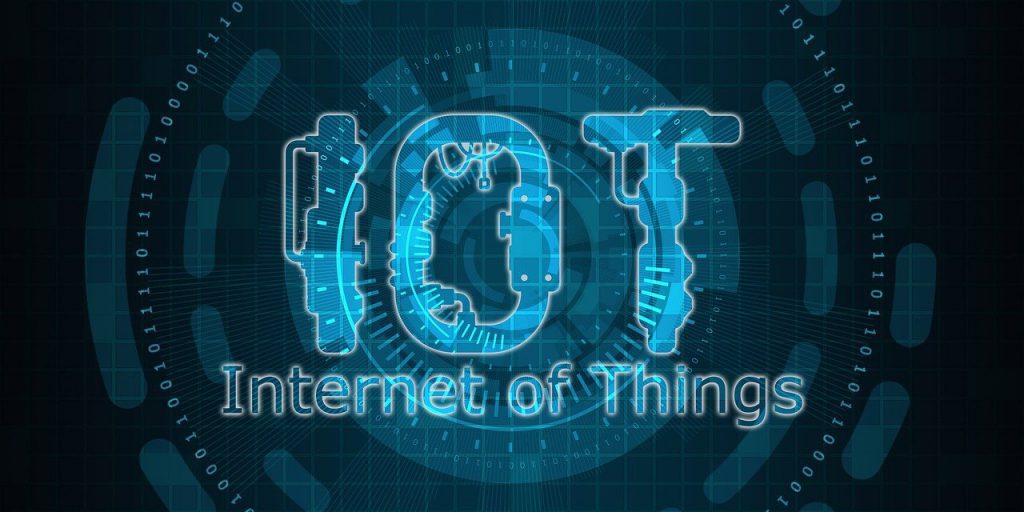The Internet of Things
The Internet of Things (IOT) is based upon the integration of commercial TCP-IP networks with ubiquitous, embedded, Control Systems hardware attached to such things as wall plugs, speakers, lights, cameras, thermostats, and multiple other domestic appliances. To date, the implementations have been networked at the home or facility end using distributed Wi-Fi or Zigbee interfaces, hooked into standard ISP backbones. The implementation of this by industry has not been without security concerns and actual exploits, such as the 2016 IOT Botnet DDOS event1.
However, in times of future national-level conflicts, what Frank Abagnale terms “the dark side” of IOT2, and what the Chinese military has called “Systems Warfare”, will emerge. What was “IoT” will now become the “IoBT”, the Internet of Battlefield Things, whether designed as such or merely conscripted. DDOS style attacks are the least of our problems. As we have seen in the Industrial Control Systems (ICS) world, physical infrastructure degradation and damage can result3. Within an IOBT environment, scale of attack is the first concern. Multiple cyber threats converging in a systems warfare model must be anticipated and counteracted, and this can only be effective using highly autonomous methods. A highly dynamic battlespace with multiple interconnected components within the IoBT will require real-time cyber defense capabilities that have sufficient levels of autonomy to rapidly detect and defend against malicious enemy cyberwarfare activities. To assure cyber resilience in future massively networked contested environments, we will need automated indications and warnings to infrastructure operators, integration of machine learning nodes to enhance predictive battlespace awareness, integration of cyber-physical cognitive models of human and AI interaction to optimize human machine teaming, and lastly, effective modeling and simulation to operationally validate these technologies will be needed.
5G Connectivity and IOT
As implied above, current distributed command and control of IOT devices is easy to interdict by disconnecting them from a local network. This may change in the future. Telecommunications infrastructure using 5G will become the de facto standard for global mobile communications. The 5G system was designed to increase bandwidth, reduce latency, and provide the rapid cloud-enabled data storage needed to bring about the IOT revolution. 5G will extend Orthogonal Frequency Division Multiplexing (OFDM) capabilities to 20 Gigabits-per-second peak data rates and 100+ Megabits-per-second average data rates, provide a 100x increase in traffic capacity and network efficiency, and use advanced Massive Multiple Input Multiple Output (MIMO) to ensure coverage and provide accurate geolocation capabilities4. There are significant security caveats, however. Devices are now being manufactured with 5G modems built in. Access to the reported data and transmission method may not be transparent to the user5. Similar concerns for national security were recently aired at a Western allies 5G security conference in Prague on 3 May 20196. European Union, NATO countries, and allies such as Japan and Australia are now creating an outline of basic 5G practices that “could form a coordinated approach to shared security and policy measures.” These security policies will be evolving while 5G is rolling out commercially, and these policies will be needed to inform Defense R&D and acquisition decisions.
References
- https://www.welivesecurity.com/2016/10/24/10-things-know-october-21-iot-ddos-attacks/
- https://www.nxtsoft.com/posts/frank-abagnale-s-cybersecurity-academy-internet-of-things-devices
- https://ics.sans.org/media/ICS-CPPE-case-Study-2-German-Steelworks_Facility.pdf
- https://www.qualcomm.com/news/onq/2016/12/20/5-wireless-inventions-are-making-5g-nr-global-5g-standard-reality
- https://www.theregister.co.uk/2019/09/17/hp_inc_printer_privacy_policy/
- https://www.reuters.com/article/us-telecoms-5g-security/western-allies-agree-5g-security-guidelines-warn-of-outside-influence-idUSKCN1S91D2


